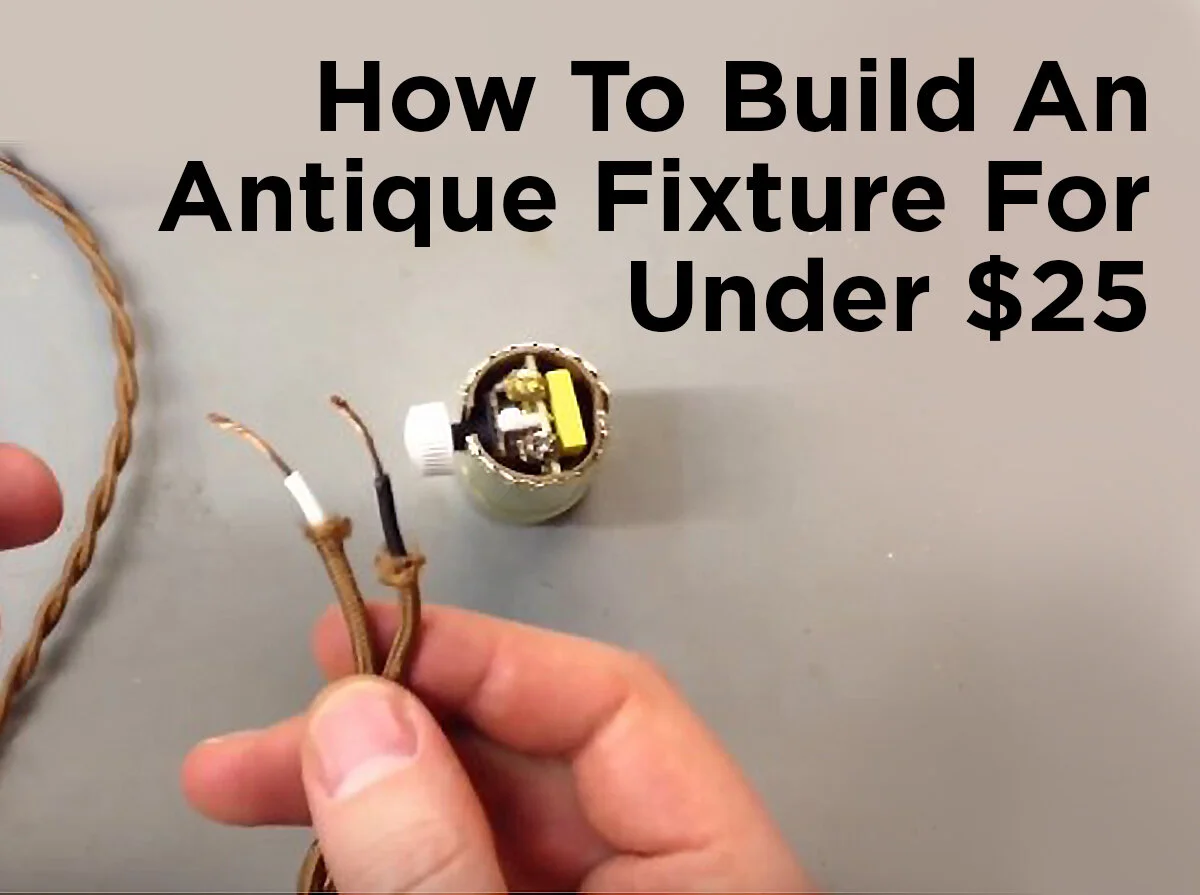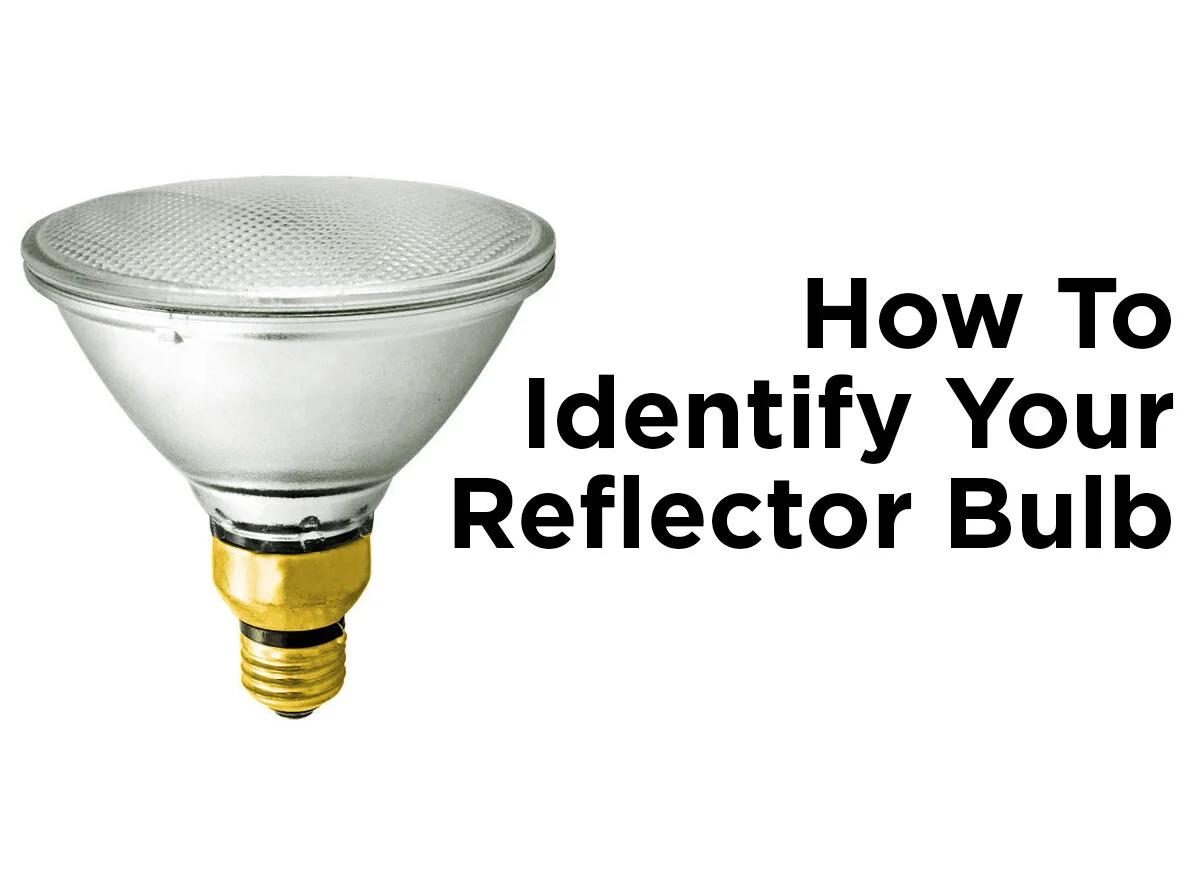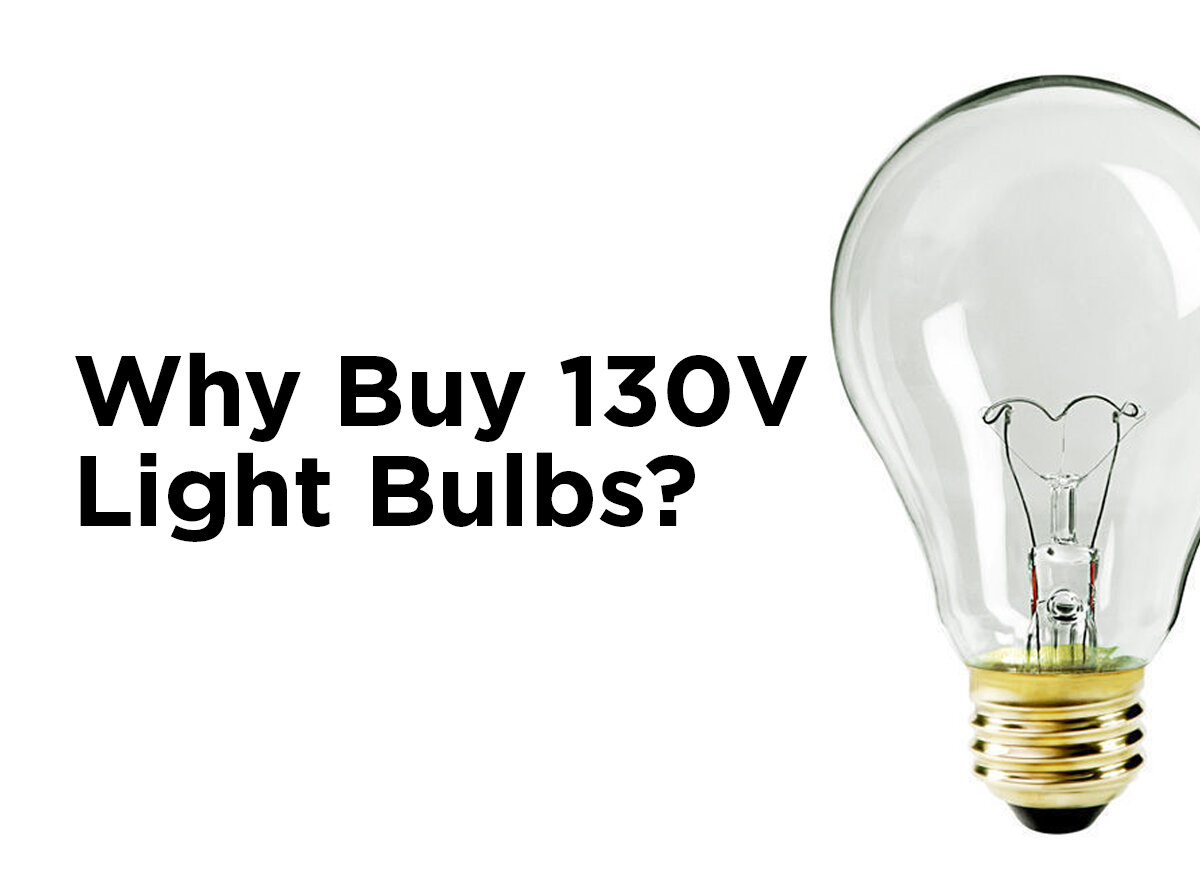How Do Infrared (IR) Halogens Save Energy?
In a recent article, we discussed the impending phase out of Halogen PAR lamps. One of the technologies we listed as a replacement was Infrared (IR) Halogen. But what is an IR Halogen, and how does it save energy? To answer that, let's first do a brief refresher on freshman physics. Visible light is only one part of the electromagnetic spectrum, which in its highest frequency includes gamma rays and in its lowest frequency, microwaves. Somewhere in between is visible light, which itself is sandwiched between higher frequency ultraviolet rays and lower frequency infrared rays. (For those of you who like videos, check out the Electromagnetic Spectrum Song on YouTube for more detail.)
Electromagnetic rays aren't neatly delineated like they're shown in textbooks but instead, tend to "bleed" together, with visible light also including some UV and IR rays. When a light source ventures into the UV rays' territory, the light may fade clothing, paintings, and anything sensitive to UV. Similarly, when a light source ventures into the infrared spectrum, infrared heat overwhelms visible light. This "bleeding" is why incandescent bulbs are so inefficient. Ever try to unscrew an incandescent light bulb when it's been burning for an hour or so? It's hot, isn't it? That's because as much as 90% of the electromagnetic rays produced by an incandescent bulb are in the form of infrared heat; only the remaining 10% is visible light.
Halogen light bulbs are a tweaked form of incandescent bulbs that are slightly more efficient. Nevertheless, they still waste energy in the form of UV and infrared rays. For this reason, manufacturers started adding dichroic coatings to Halogen lamps (especially MR16 bulbs) so that they redirected heat and infrared through the back of the bulb instead of the front, reducing possible damage to the object lit by the lamp. Still, this only protects the work of art, retail display, or whatever object at which the user aims the lamp. It doesn't do much, if anything, to reduce energy consumption.
From there, manufacturers developed a new idea: Why not coat the Halogen capsule within the bulb? The result is an IR Halogen, in which the infrared heat coming from the bulb filament is redirected right back on the filament, causing it to burn hotter and brighter while still using the same amount of electricity. In other words, a 60 watt Halogen bulb (for example) when given an IR coating to its internal capsule, is bright enough to equal the light output of about a 90 watt Halogen.
So just how much energy do IR Halogen PAR lamps save? The rule of thumb is about 40%. Sylvania's 50 watt IR PAR38 (130V), for example, produces 850 lumens, equivalent to a standard 130V Halogen PAR38 of about 75 watts. A savings of 25 watts is very significant, especially considering even small retail shops can be running as many as 100 PAR38 bulbs at a time. The savings over an incandescent PAR38 or R40 are even more dramatic—as high as 60%. For a more detailed wattage equivalency, check out the chart from GE to the right.
IR Halogen bulbs also have an indirect benefit on energy usage: Since the coating puts the wasted infrared energy to use by redirecting it inward and transforming it to visual light, the total heat emitted by the bulb is reduced, lightening the load on HVAC systems.
IR Halogens are now available in most Halogen bulb types, including IR PAR20 bulbs, IR PAR30 bulbs, IR PAR38 bulbs, and IR MR16 bulbs. Our advice would be to switch over now, even though the phase-out isn't yet in effect. Why? If you wait and hold on to your less efficient Halogens, you're throwing away money on wasted electricity!






